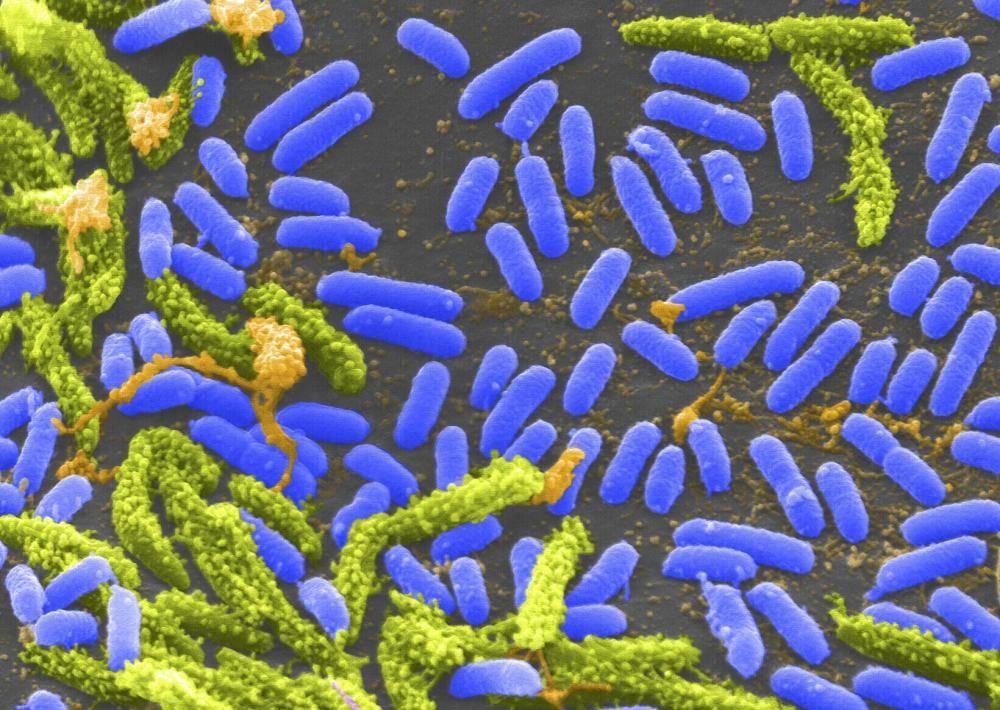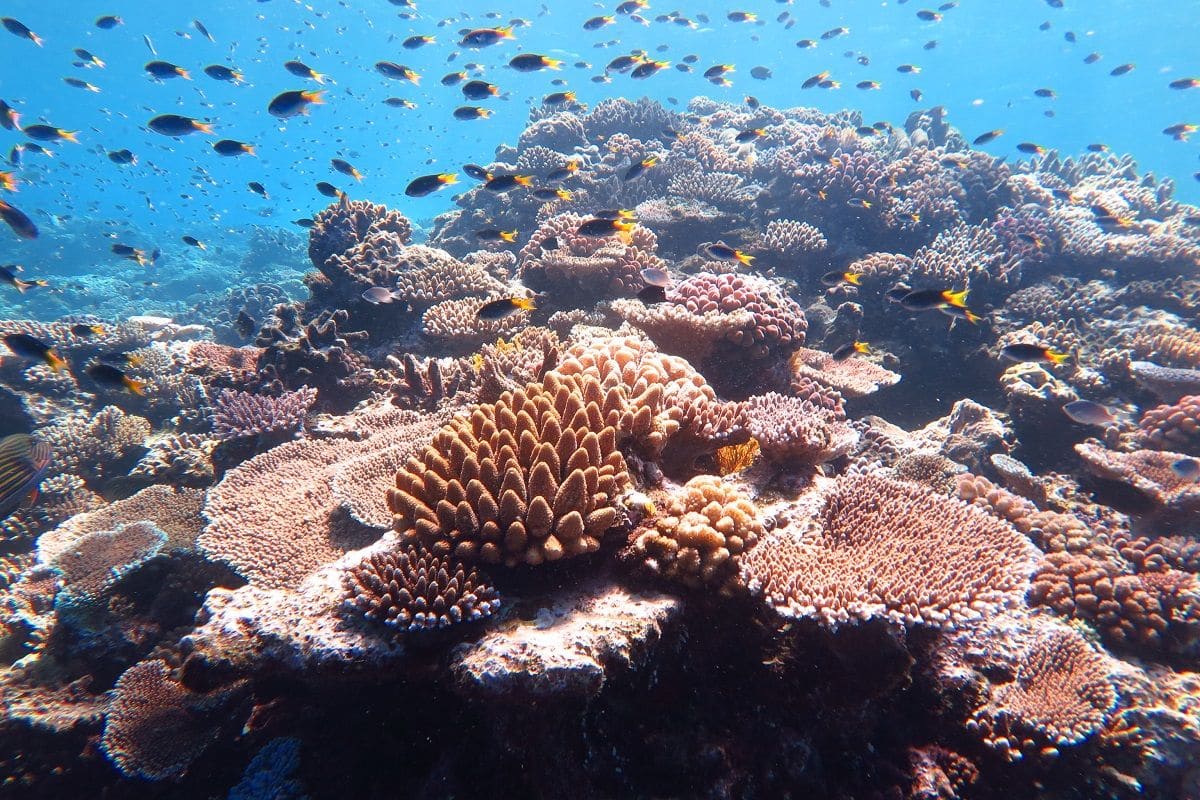Known as Prorocentrum cf.balticum, the ocean microbe is capable of photosynthesis and within this process secretes a carbon mucus that attracts other microbes. Once these prey are consumed, mucus falls to the ocean floor and contributes to a natural carbon pump which is nature’s way of taking carbon from atmosphere.
Marine Biologist and Lead researcher Dr Michaela Larsson said that the discovery is exciting and offers an insight into behaviour that has never been seen before in a microbe.
“Most terrestrial plants use nutrients from the soil to grow, but some, like the Venus flytrap, gain additional nutrients by catching and consuming insects,” said Dr Larsson.
“Similarly, marine microbes that photosynthesise, known as phytoplankton, use nutrients dissolved in the surrounding seawater to grow,”
“However, our study organism, Prorocentrum cf.balticum, is a mixotroph, so is also able to eat other microbes for a concentrated hit of nutrients, like taking a multivitamin,”
“Having the capacity to acquire nutrients in different ways means this microbe can occupy parts of the ocean devoid of dissolved nutrients and therefore unsuitable for most phytoplankton.”

“The implication is that there’s potentially more carbon sinking in the ocean than we currently think, and that there is perhaps greater potential for the ocean to capture more carbon naturally through this process, in places that weren’t thought to be potential carbon sequestration locations,” she said.
“The natural production of extra-cellular carbon-rich polymers by ocean microbes under nutrient-deficient conditions, which we’ll see under global warming, suggest these microbes could help maintain the biological carbon pump in the future ocean.”
“The next step before assessing the feasibility of large-scale cultivation is to gauge the proportion of the carbon-rich exopolymers resistant to bacteria breakdown and determine the sinking velocity of discarded mucospheres,”
“This could be a game-changer in the way we think about carbon and the way it moves in the marine environment.






